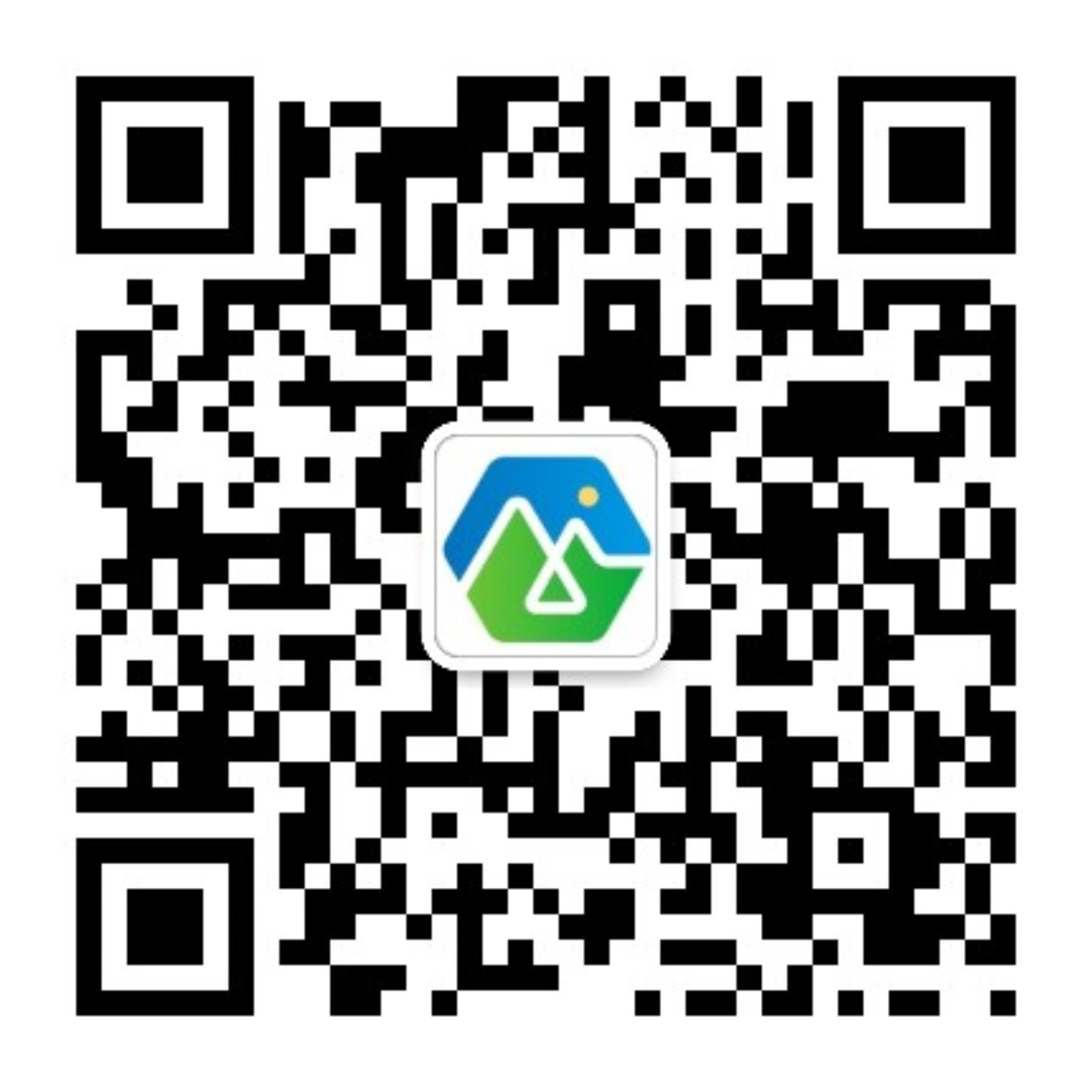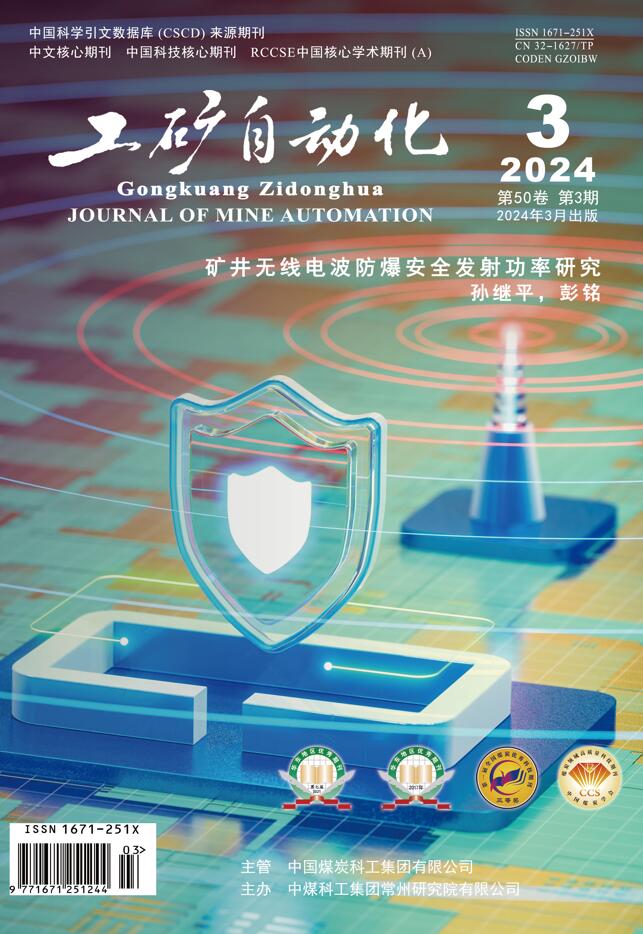Abstract:
The paper pointed out that GPS integrated wireless communication technology is most suitable for application of proximity vehicle detection in open-pit coal mine on the basis of analyzing existing proximity vehicle testing technologies, such as ultrasonic sensing technology, pulse radar and laser detection technology, computer vision technology, RFID and electronic tag technology, GPS technology. It put forward a wireless communication system for proximity vehicle testing with GPS integrating ad hoc in open-pit coal mine: as long as the proximity vehicles are in communication distance range, it can adopt IEEE 802.11 agreement between vehicles, and exchange GPS positioning data by single-hop or multiple-hop method. Taking the system as research object, the real scene of open-pit coal mine was simulated, the received signal strength and the effective communication distance for IEEE 802.11a/b/p were tested and analyzed under the following conditions of line of sight, non line of sight, the receiver at bottom of slope, and receiver at top of slope. The testing results show that protocol packet reception rate of IEEE 802.11b is higher, effective communication distance is farther compared with IEEE 802.11a/p , and is more suitable for proximity vehicle testing in open-pit coal mine.




